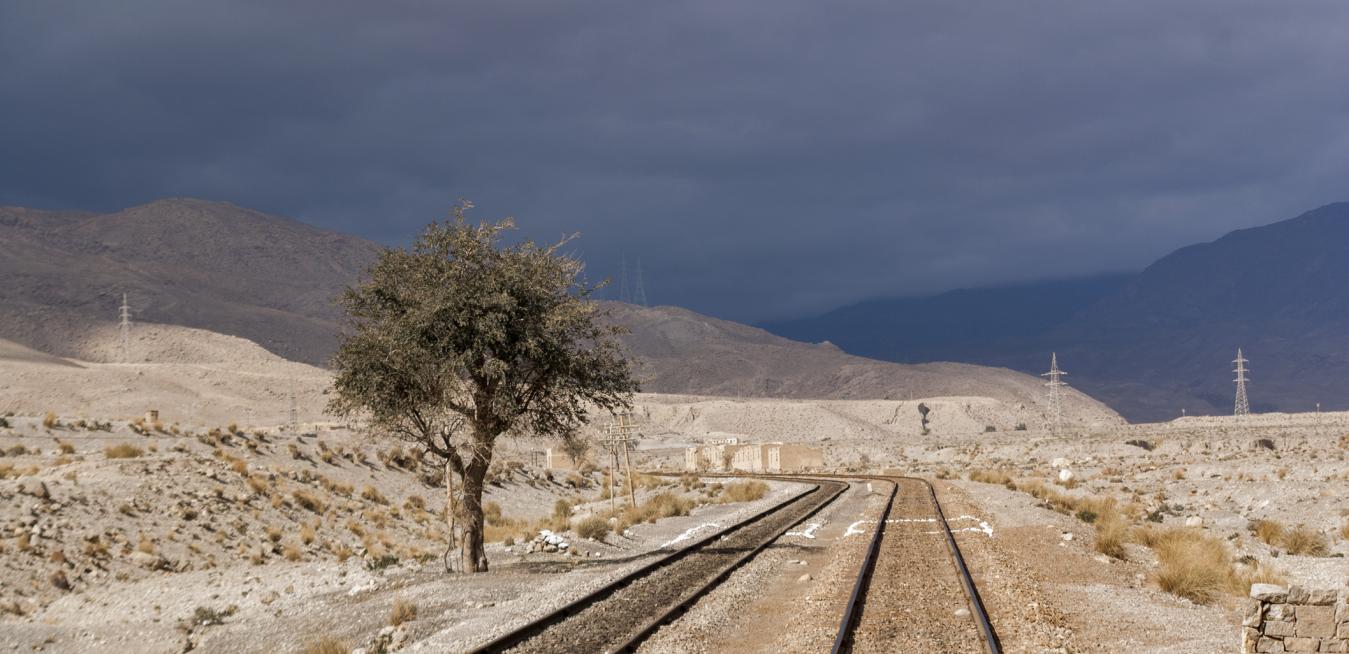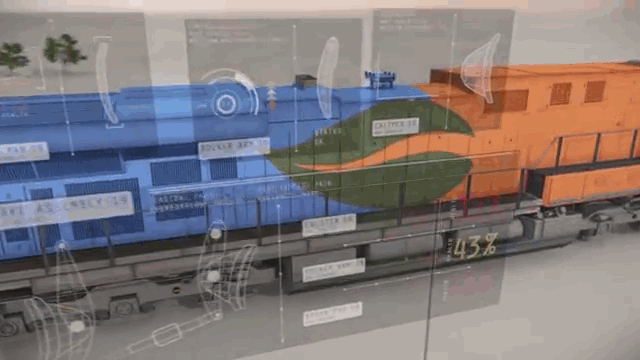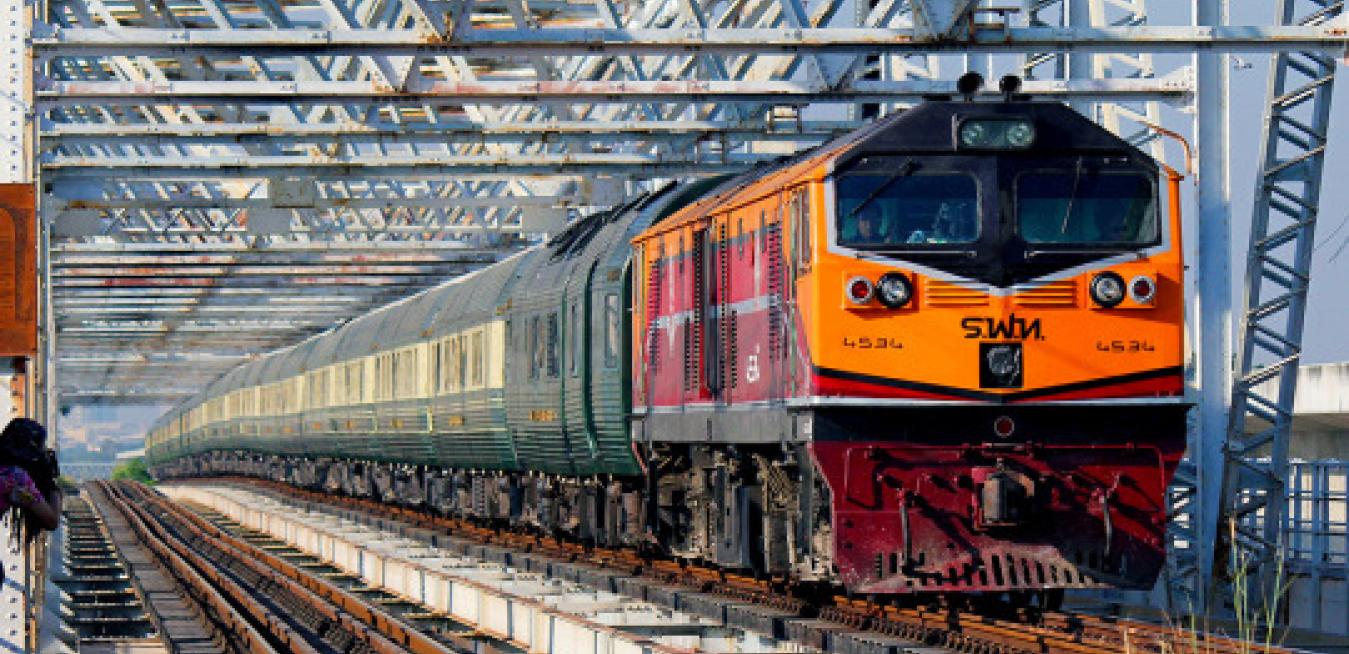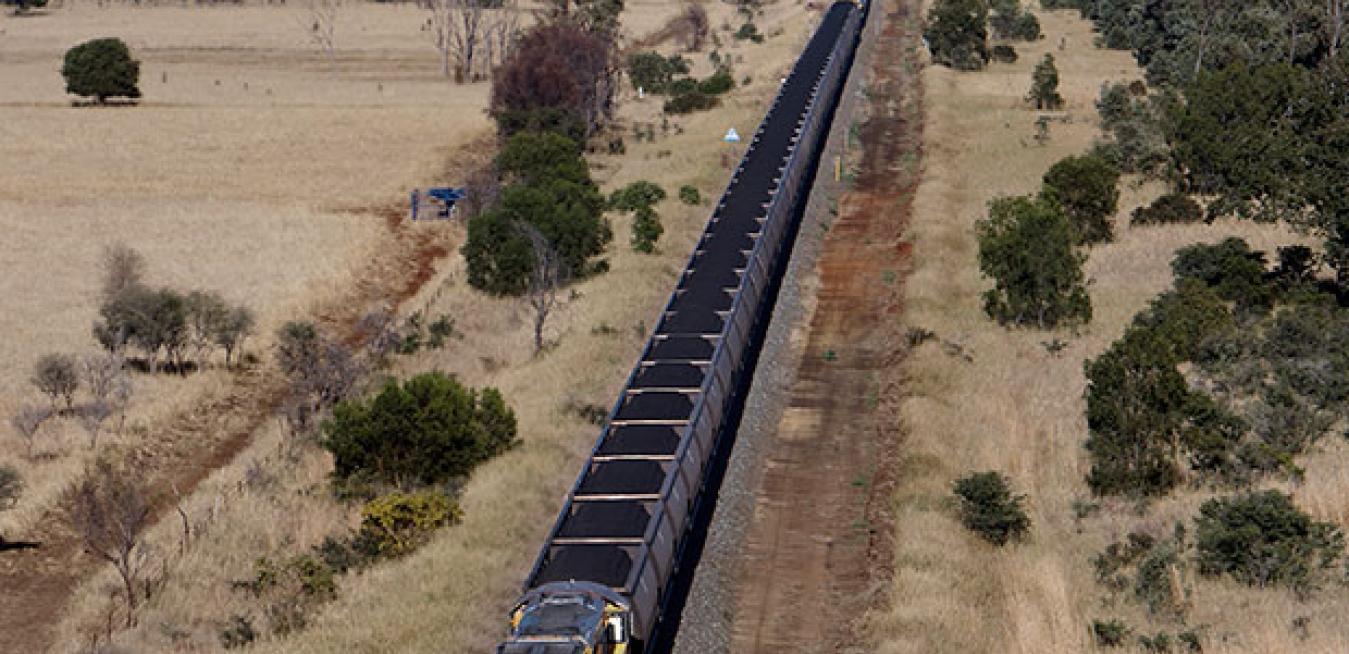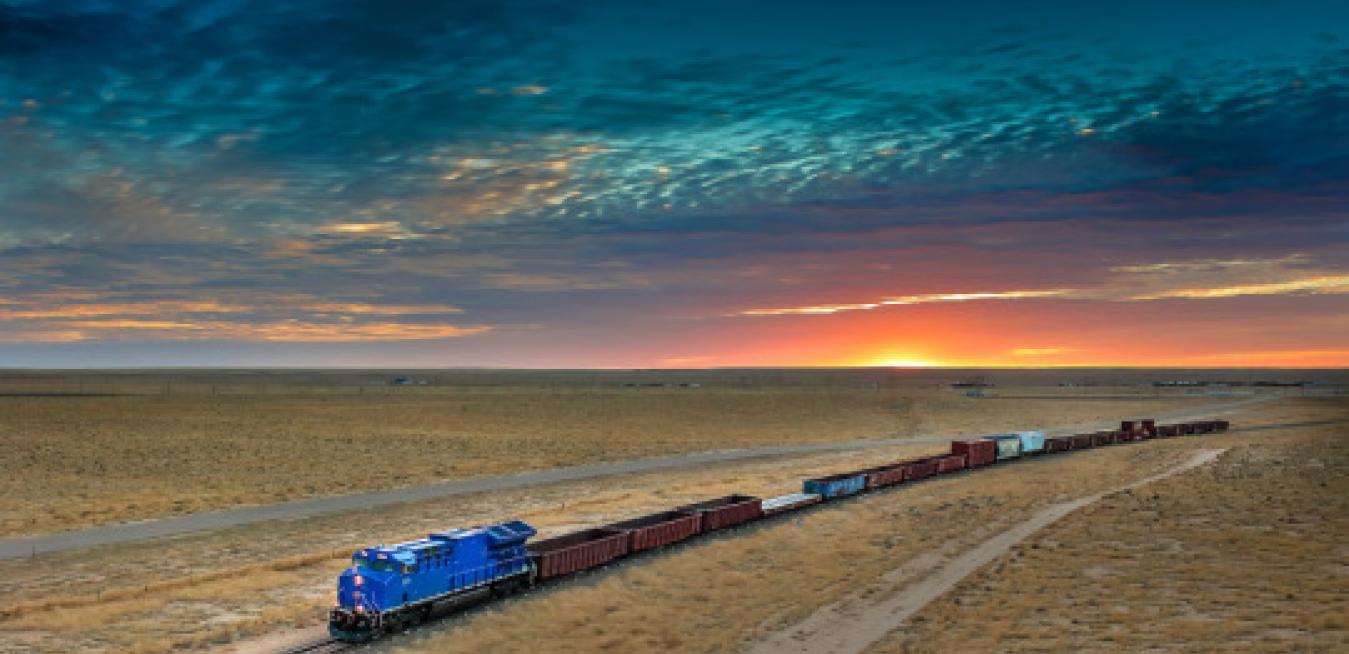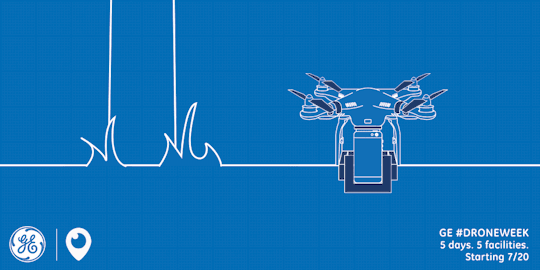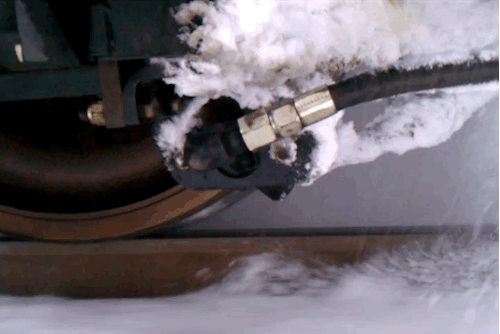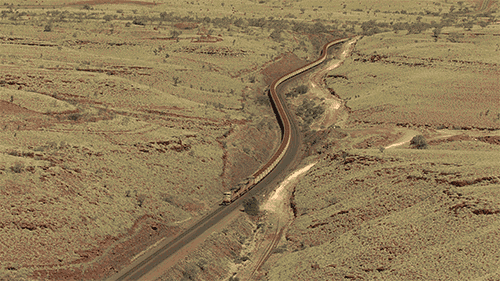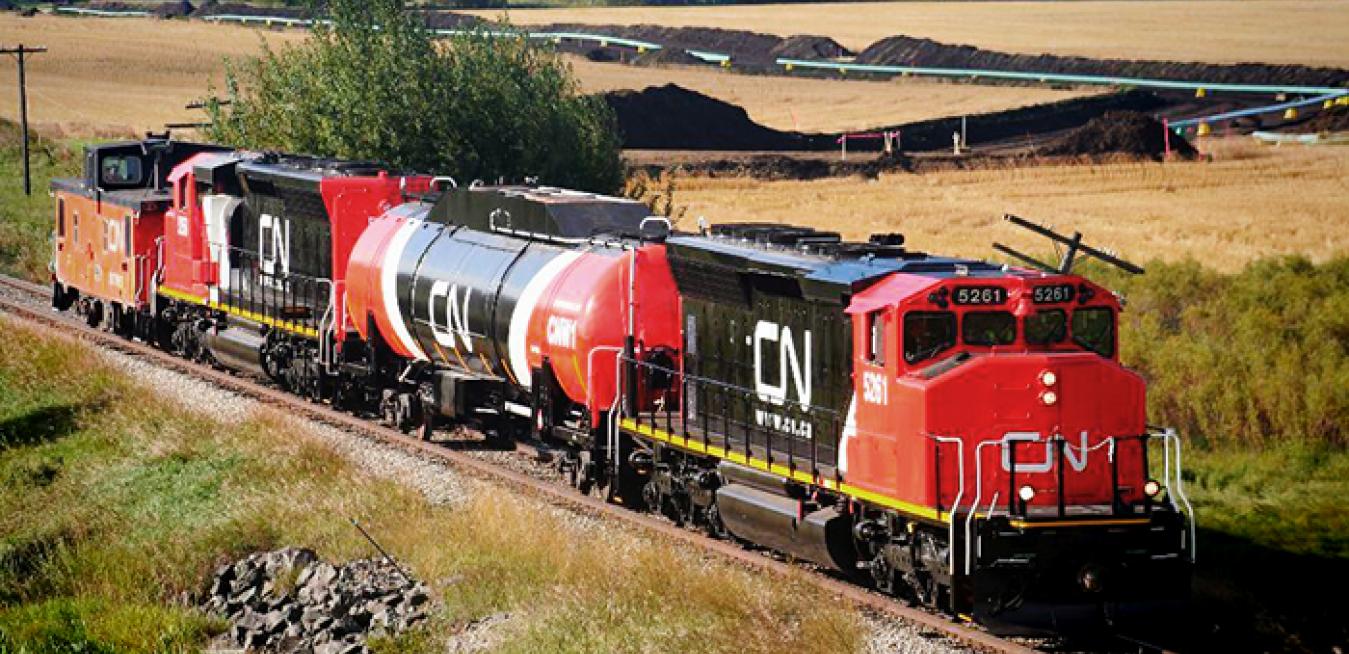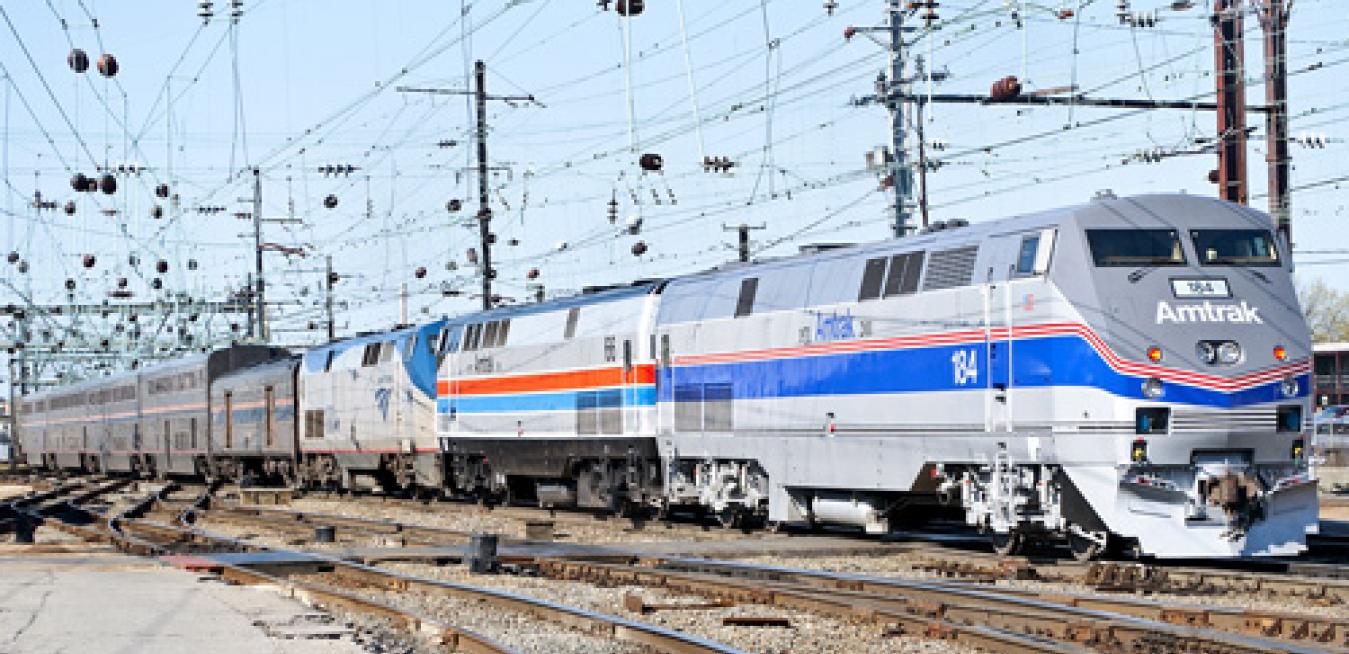In an increasingly volatile world, certainty can seem like a bridge too far, but in May 2016 Australian mining company Rio Tinto and GE signed a five-year customer service agreement (CSA) to build mutual assurance around the miner’s rail operation.
The CSA covers the servicing of Rio Tinto’s 196 locomotives—a pure GE fleet—which ply 1,600km of private railway between 15 mines in the famously harsh, hot, red-dirt region of the Pilbara, north Western Australia.
Not surprisingly, late departures lead to frustration for millions of travellers as well as businesses, which rely on trains to ship their goods.
But a multibillion-dollar Letter of Award to GE by the Ministry of Railways could help unclog this bottleneck and significantly boost the Indian rail network’s on-time record.
Categories
But that’s about to change. Starting Monday, GE will use drones to beam footage from five testing sites and factories to everyone with the Periscope app on its channel @generalelectric.
But shorter trains can get expensive. A single rail car can fit enough grain to bake 258,000 loaves of bread, according to the Association of American Railroads. That’s why GE locomotive engineers developed a software-guided supersonic air blower.
A report from the Energy Information Administration said that LNG “will play an increasing role in powering freight locomotives in coming years.”
If you are reading this on a railroad platform while waiting to board a train home for Thanksgiving, pay good attention to your train’s locomotive. In the early 1990s, engineers at GE Transportation designed the P42 Genesis diesel-electric locomotive for Amtrak, and the streamlined, low-profile engine remains a workhorse of the system. It can travel as fast as 110mph and pull 16 Amtrak Superliner coaches. GE manufactured more than 300 of them for Amtrak, Metro North and Via Rail.
